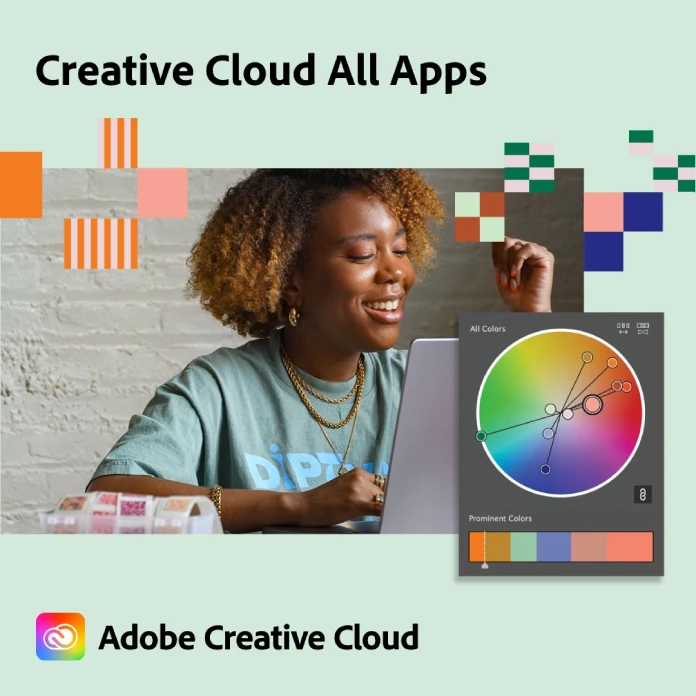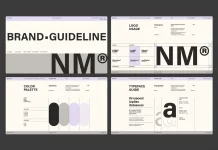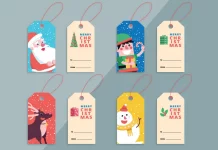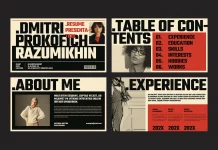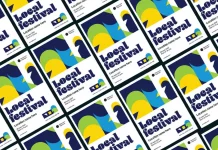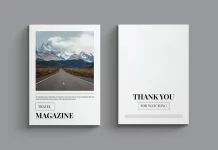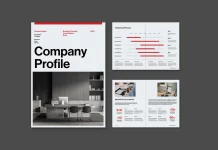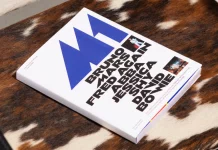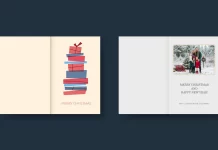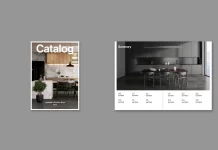This post contains affiliate links. We may earn a commission if you click on them and make a purchase. It’s at no extra cost to you and helps us run this site. Thanks for your support!
A striking return to fundamental design principles is quietly reshaping our visual world. In an era often saturated with digital noise, there’s a growing appreciation for clarity, structure, and purpose-driven aesthetics. The Forma poster collection by Craftlove perfectly captures this movement, offering a powerful toolkit for designers and creatives. This curated set of 88 vector poster templates is a masterclass in modern minimalist style, drawing its soul from the influential corridors of Bauhaus and the systematic precision of Swiss Graphic Design. Consequently, it’s not just a product but a commentary on the enduring power of structured creativity.
This collection is more than a fleeting trend; it represents a deeper yearning for design that communicates effectively and elegantly. Why are these century-old principles resonating with such force today? Perhaps it’s a reaction to the chaotic visual overload of the internet, a return to design that values order and accessibility. Let’s explore the what, why, and how of the Forma collection and understand its place in the contemporary design conversation.
Please note that to edit vector files (AI, EPS, and SVG), you will need professional graphic design software, such as Adobe Illustrator. You can get the latest version from the Adobe Creative Cloud website. Just have a look here.

Deconstructing the Forma Poster Collection: A Modernist Revival
At its core, the Forma poster collection is an expansive and versatile series of 88 poster design templates. Created by the design studio Craftlove, each piece is a vector-based composition, ensuring infinite scalability without any loss of quality. This is a critical feature for designers who need to adapt their work for everything from a small social media icon to a large-format printed banner. The collection is meticulously organized, providing each poster in multiple file formats to streamline any creative workflow.
What’s Inside the Toolkit?
Designers gain access to a comprehensive package designed for maximum flexibility:
- AI and EPS10 Files: The source files are provided for Adobe Illustrator, containing all text and elements for complete customization. This allows for deep edits, from changing color palettes to restructuring entire layouts.
- SVG Files: Scalable Vector Graphics are perfect for web use, ensuring graphics remain crisp on any screen size and resolution, a crucial factor for responsive web design.
- JPEG Files: High-resolution JPEGs (300 DPI) are included for both RGB (screen) and CMYK (print) applications, making the posters ready for immediate use.
- Geometric and Brutalist Elements: The designs prominently feature bold geometric shapes, a hallmark of modernist aesthetics. Some posters even touch upon Brutalist design principles, with raw, blocky forms and a stark, impactful presence.
This thoughtful combination of file types makes the Forma poster collection an exceptionally practical resource for graphic designers, marketers, and content creators looking to produce high-quality, visually consistent work.
The ‘Why’ Behind Forma: Echoes of Bauhaus and Swiss Design
To appreciate the Forma collection is to understand the historical giants on whose shoulders it stands. The minimalist and functional aesthetic is a direct descendant of two of the most significant movements in design history: the Bauhaus school and Swiss Graphic Design, also known as the International Typographic Style.
The Bauhaus Influence: “Form Follows Function”
Founded in 1919, the Bauhaus school championed a revolutionary idea: the fusion of art, craft, and technology. Its philosophy was to strip away unnecessary ornamentation and focus on clean, functional design. You can see the Bauhaus DNA woven throughout the Forma posters in their:
- Use of Geometric Shapes: Squares, circles, and triangles are not just decorative but are the fundamental building blocks of the compositions.
- Minimalist Color Palettes: Many designs employ a limited but striking color scheme, often using primary colors or high-contrast pairings to create impact.
- Emphasis on Functionality: Every element has a purpose. The layout guides the eye, and the typography delivers a message with clarity.
Swiss Graphic Design: The Power of the Grid
Emerging in the 1950s, the Swiss Style built upon Bauhaus principles, prioritizing objectivity, readability, and cleanliness. Its influence on the Forma collection is undeniable, particularly in the meticulous organization of information. Key characteristics include:
- Grid-Based Layouts: A mathematical grid underpins the structure of each poster, creating a sense of order and harmony.
- Asymmetrical Composition: While grid-based, the layouts are often asymmetrical, which creates a more dynamic and engaging visual experience.
- Sans-Serif Typography: Clean, legible sans-serif fonts are used extensively, chosen for their neutrality and clarity rather than artistic flourish.
Why does this matter now? These historical movements were themselves reactions to the ornate and chaotic styles that preceded them. In our current digital age, where anyone can create visual content, the principles of clarity, structure, and purpose championed by Bauhaus and the Swiss Style are more relevant than ever. The Forma poster collection provides a contemporary gateway to this timeless design philosophy.
How to Harness the Power of the Forma Poster Collection
The true value of the Forma collection lies in its application. These aren’t just static images; they are springboards for creativity. The vector format means every single element is editable, from the thickness of a line to the curve of a shape.
Practical Applications and Creative Inspiration
- For Branding and Marketing: Create a cohesive set of promotional materials, from social media announcements to event posters and flyers. The consistent style helps build a strong brand identity.
- For Web and Digital Design: Use the SVG files to create stunning, fast-loading web graphics, hero banners, or interactive elements.
- For Artists and Creators: These templates can serve as a foundation for new artistic explorations. Experiment by layering textures, integrating photography, or manipulating the geometric forms into new abstract compositions.
- For Editorial and Print Layouts: The strong typographic hierarchy and grid systems are ideal for magazine covers, book jackets, and other print media where readability is paramount.
The collection invites you to ask questions. How can a simple geometric shape convey a complex idea? How can an asymmetrical layout create balance? By working with these templates, you are not just using a tool; you are engaging in a dialogue with design history.
The resurgence of minimalist, grid-based design isn’t a coincidence. It’s a conscious choice to favor clarity over clutter. The Forma poster collection by Craftlove is a testament to this enduring appeal, offering a robust and inspiring toolkit that is both a nod to the past and a powerful instrument for contemporary design. It successfully proves that sometimes, the most impactful statement is the most elegantly structured one.
Hungry for more trending design assets? If so, feel free to browse the Templates category here at WE AND THE COLOR.


